I want to create two seperate lines which shows stock prices and sentiment scores.
This my code:
import matplotlib.pyplot as plt
# Create a figure and axis
fig, ax = plt.subplots(figsize=(10, 6))
# Plot stock prices
ax.plot(tsla['Date'], tsla['Close'], color='blue', label='Stock Prices')
# Create a second y-axis
ax2 = ax.twinx()
# Plot sentiment scores
ax2.plot(tsla['Date'], tsla['sentiment_score'], color='red', label='Sentiment Scores')
# Set labels and titles
ax.set_xlabel('Date')
ax.set_ylabel('Stock Prices', color='blue')
ax2.set_ylabel('Sentiment Scores', color='red')
plt.title('Stock Prices and Sentiment Scores Over Time')
# Add legends
lines = ax.get_lines() + ax2.get_lines()
labels = [line.get_label() for line in lines]
plt.legend(lines, labels, loc='upper left')
# Rotate x-axis tick labels for better readability
plt.xticks(rotation=45)
# Show the plot
plt.show()This my sample data:
Date Stock Name Open Close High Volume \
12 2022-02-01 TSLA 311.736664 310.416656 314.566681 73138200
33 2022-03-01 TSLA 289.893341 288.123322 296.626678 74766900
50 2022-04-01 TSLA 360.383331 361.529999 364.916656 54263100
67 2022-06-01 TSLA 251.720001 246.789993 257.326660 77247900
86 2022-07-01 TSLA 227.000000 227.263336 230.229996 74460300
sentiment_score
12 17.0517
33 16.8564
50 11.4832
67 12.9977
86 11.1603


